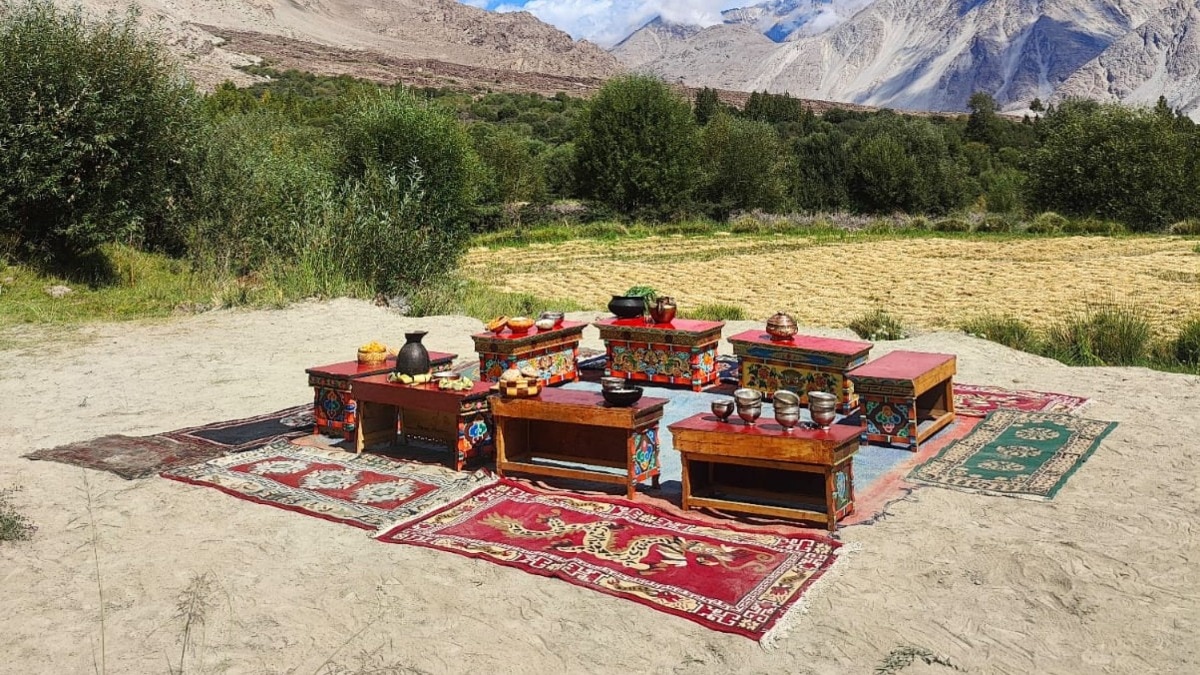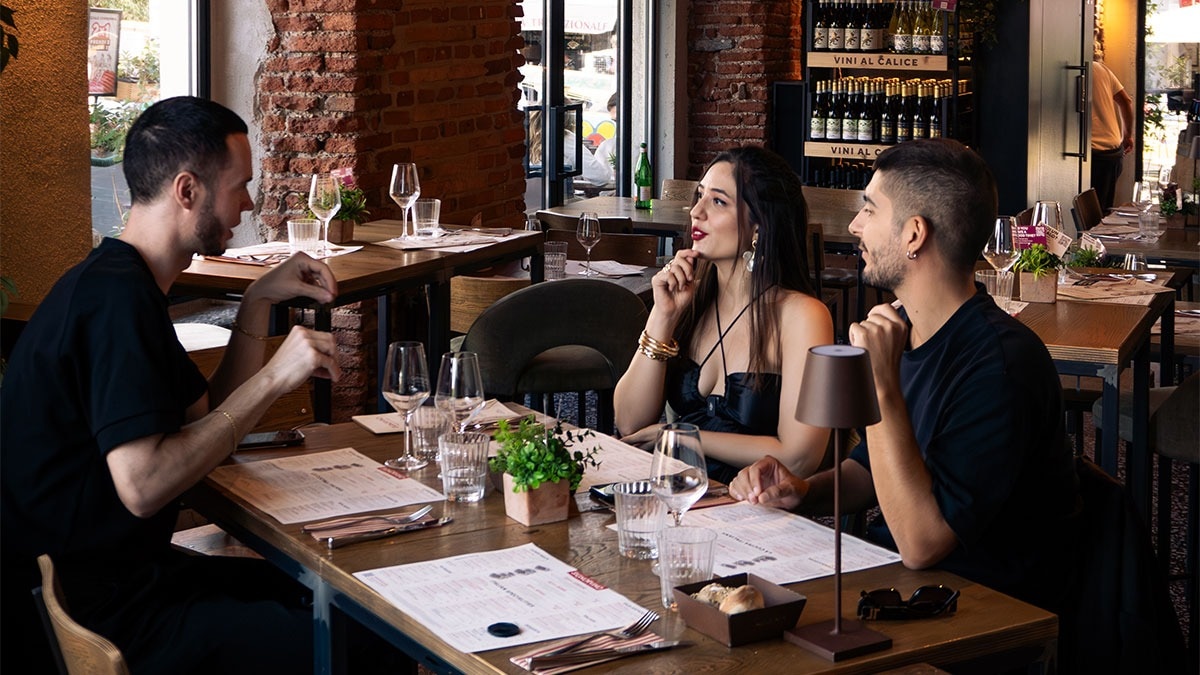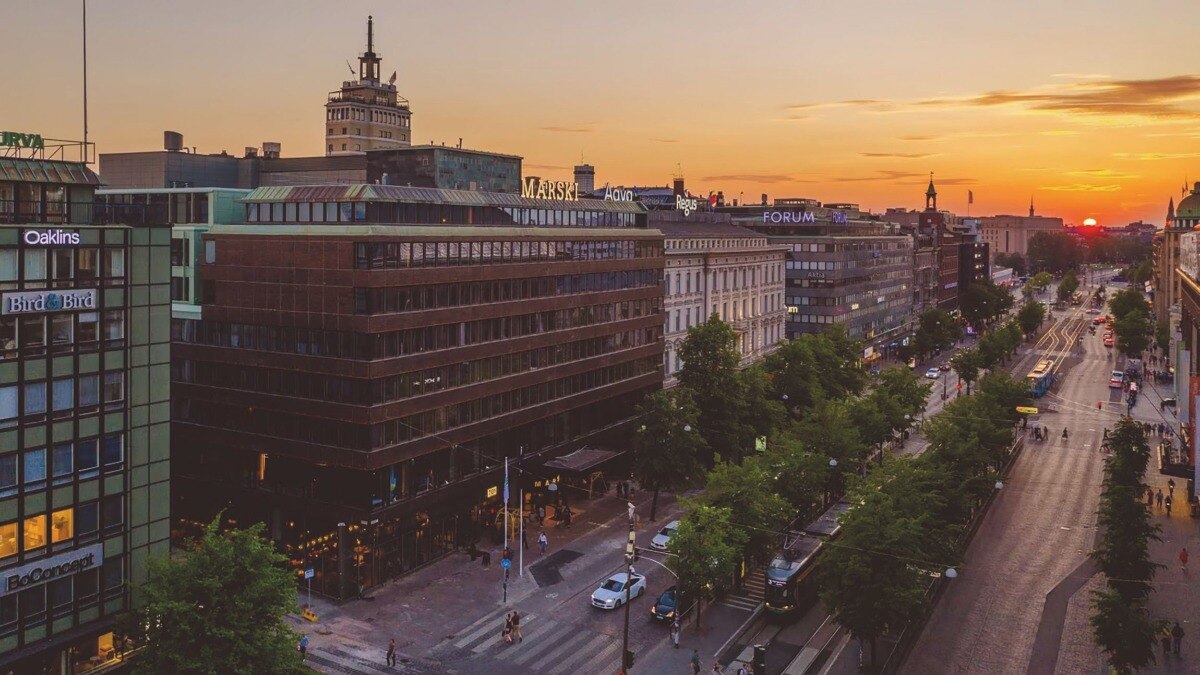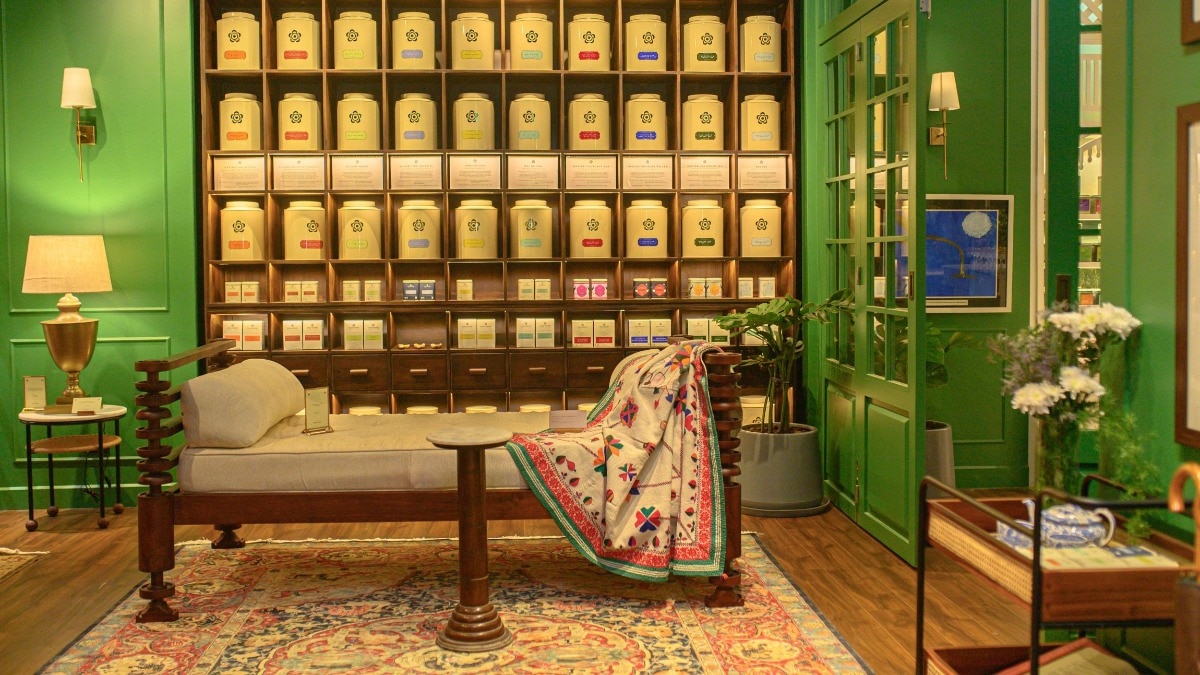
Prateek Sadhu on putting Himalayan cuisine on the map (and your plate)
The celebrated chef reflects on his recent trip to Ladakh with Royal Enfield's Great Himalayan Exploration, where he rediscovered his love for food.


Travelling has and will always be a transformative experience for an explorer, even if you've travelled the same road or visited the same destination a thousand times before. The same holds true for Chef Prateek Sadhu, whose culinary journey came full circle when he paid homage to his Kashmiri roots. His 16-seater restaurant Naar in Kausali, Himachal Pradesh may focus on the people, the culture, and the food of the Himalayan region. However, it did take him a trip around the world—graduating from the Culinary Institute of America, working in some of the world’s finest kitchens including Alinea, The French Laundry, Bourbon Steak, Le Bernardin, and even a stint under Rene Redzepi at Noma—to realise what and where home truly is.
Sadhu is always looking to enhance diners’ experiences with flavours of the world’s greatest mountain range and has dedicated his life to documenting the culture of the Himalayan region. The Great Himalayan Exploration—a Royal Enfield x UNESCO initiative—shares the same vision. During a motorcycling expedition, Sadhu and a couple of bikers interacted with the local communities and learnt their ways of life. In a conversation with Bazaar India, Sadhu spoke about those magical seven days spent immersing himself in their local food and culture.
Stepping into old (and new) territories

While a biking trip across the tricky terrain of Ladakh is a daunting task for anyone, Sadhu was up to the challenge, as this wasn’t his first time in the region. “I’ve known the terrain for quite some time. I’ve been going to Ladakh since I was a kid. My father was posted there so I spent my summers in Leh, Ladakh and Kargil. As far as going there in a professional capacity is concerned, I started going there about a decade ago. For me, the purpose was to scout for local ingredients and find out what the people do with them, learn more about their food culture. My conversations with the locals revolve around how they would use the ingredients. At the restaurant (Naar), we’re always asked ‘How do we use these ingredients?’ which makes me then go back to these villages, and ask the locals how past generations used it. They’re a source of inspiration. And I bring those conversations to life through food.” As far as what he was looking for was concerned, it was a short list. “Sea buckthorn, lavender, goji berries, apricots and applies,” he says.
Relishing the warmth of the Skyu

Those who say that travelling isn’t about the destination but rather the journey aren’t lying. Sadhu put this saying into practice as he and the group of bikers experienced the majestic terrain for a daunting 150 km before they arrived in the village of Aarano. “I’d never been to Aarano. It’s a very remote area that lies under the shadow of a hill with stone houses. We lived with villagers and cooked and shot with them. It was here that I learnt about their outdoor kitchens and got to taste a very different version of the skyu I’d had in Leh.”
For those who, like me, don’t know what he is talking about, skyu is a traditional soup-based speciality of Ladakh that is made by cooking root vegetables in milk. A staple food in the region, the Tibetan-Ladakhi stew is rich in carbohydrates and nutrients. It is made using different kinds of grains such as barley and wheat, potatoes, and occasionally meat. Mostly consumed in winter when the temperature drops below freezing point, skyu is served hot and serves as a warm respite for trekkers and people living in extremely cold climates. “Their version was different as they add milk at the end to make it creamier. I haven’t seen this version anywhere else and had only had a skyu with meat and vegetables.”
The necessity of salt in Gur Gur Cha

Sadhu then visited Haram village, where he was invited to a local's home to discover Gur Gur Cha, a sweet butter tea that is a staple in Tibetan cuisine. Brewed using tea leaves, cow or yak butter, water, and salt, the drink has great cultural significance, and is served and shared among Ladakhi people at important gatherings. He, along with the riders, engaged in conversation with the locals, understanding the history of the beverage and how it has become a vital part of the villagers’ daily lives providing them with warmth and energy in the cold climate. “After the tea is brewed with milk and salt, the locals add it to a vessel—a cylindrical instrument—to which they add butter and whip it. You’re emulsifying butter into the tea and aerating it simultaneously. It’s fascinating when you see it for the first time.”
Being a tea lover myself, who loves sugar in it, I reply to this newly-gathered information by asking Sadhu the most basic question, ‘Why butter?’ to which I get a master class about food. “The Himalayas, for the longest time, were very inaccessible because of the terrain and logistics to reach there. Sugar was an expensive commodity, while salt was easily available. If you dive deep, there is no dessert culture over there. You think firni is from Kashmir, but it’s not. They made it this way (add salt) because there was no other option. It was added to give flavour. Ladakh has extremely dry weather, so the addition of butter is an essential fat that keeps your skin moist.”
Helping Himalayan communities grow

While Sandhu is dedicated to sharing mountain food culture with the world through his restaurant Naar, he knows that there is still a long way to go. Always wanting to do more, he realised that being a part of the Royal Enfield’s Social Mission, which seeks to empower over 100 Himalayan communities to build resilience against climate change, was his chance to make a difference for the better. “Ladakh is a place that’s extremely close to my heart. For me, anyone doing anything for the place means so much. What they’ve (Royal Enfield) done is fantastic. They’re bringing art, culture, and food into the limelight. What I love the most is how they’re encouraging and supporting the local economy by opening cafes, and giving artists a platform to perform there. It’s sustainable as well. They’re creating a model that is sustainable regardless if the mission is there or not. And that’s very powerful.”
Sandhu may make things easier for people by serving them Himalayan cuisine, but he wants them to enjoy the food in the places where they’re made. “I want people to experience Ladakh by going there and not at the restaurant. We want people to celebrate the food culture of the Himalayan belt. Not much has been written about it. Ladakh is just a small part of what we do. The range ranges from Kashmir to Arunachal Pradesh. We want to celebrate people, culture, and produce. We want to put Himalayan food on the plate. And because there are so many perceptions about what people from the region eat, we do six menus (six seasons of the belt) drawing inspiration from each one. That’s where our focus is at.”
All images: Royal Enfield
Also read: 5 offbeat hill stations for a tranquil vacation away from the crowds










